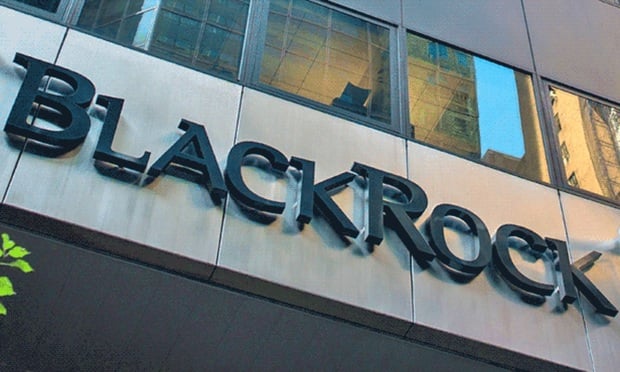 Credit: Adobe Stock
Credit: Adobe Stock
Americans are ill-prepared for a financial emergency. Some 37% of Americans can't afford an unexpected expense over $400, and almost a quarter (21%) have no emergency savings at all, according to new Empower research, "In Case of Emergency: How America saves for the unexpected."
"Not all surprises are good, and people know it. The study suggests financial precarity at a time when household finances may be stretched due to rising prices and inflation," says Rebecca Rickert, head of communications at Empower. "Life happens, and people are stressed about the surprise expenses that could tip them off-balance."
Recommended For You
It's been recommended that workers save over 3-6 months of expenses to cover the unexpected financial events – job loss, home and car repairs and medical bills. Yet Americans have accumulated a median emergency savings of just $600, according to Empower.
Baby boomers and Gen Xers have put aside the most for the unforeseen with median savings of $1,000 and $868, respectively, and millennials and Gen Zers the least with median savings of $500 and $200, respectively. The median savings for men sits at $1,000 — twice as much as the median savings for women.
In fact, 1 in 4 (25%) people dipped into emergency savings to cover basic living expenses in the past year, according to Empower, for:
- 21%: car expenses
- 21%: home repairs
- 19%: medical expenses
The median emergency savings for Americans is $600; men have double the stores compared to women – with a median of $1,000 versus $500.
For 62%, having a dedicated emergency savings is a priority, yet nearly half (47%) of people say regular monthly expenses are too high for them to put money away.
Empower asked workers, "How would you cover an emergency expense?", they responded:
- 34%: "I'd be able to handle it
- 28%: "I'd have to use a credit card."
- 23%: "I'd have to borrow from a friend."
- 18%: "I'd have to take out a personal loan."
- 13%: "I'd have to borrow from my retirement savings."
Related: Emergency savings accounts: The must-have benefit that incentivizes workers to stay
However, when workers borrow from retirement accounts, they can incur penalties. Since employees are not saving for the unexpected, employers may want to put the new SECURE 2.0 pension-linked programs, which are linked to retirement plans, in place for employees.
SECURE 2.0 has attempted to lessen that impediment by allowing employers two options:
- $1,000 annual benefit (to be repaid within 3 years) or
- Pension-Linked Emergency Savings Account (PLESA) option, which takes a small amount from paychecks (3%) and is capped at $2,500. Employees contribute to PLESAs, which are matched by employers, through paycheck withdrawals
Participants may withdraw funds held in PLESAs at least once a month, as needed.
© Touchpoint Markets, All Rights Reserved. Request academic re-use from www.copyright.com. All other uses, submit a request to [email protected]. For more inforrmation visit Asset & Logo Licensing.







